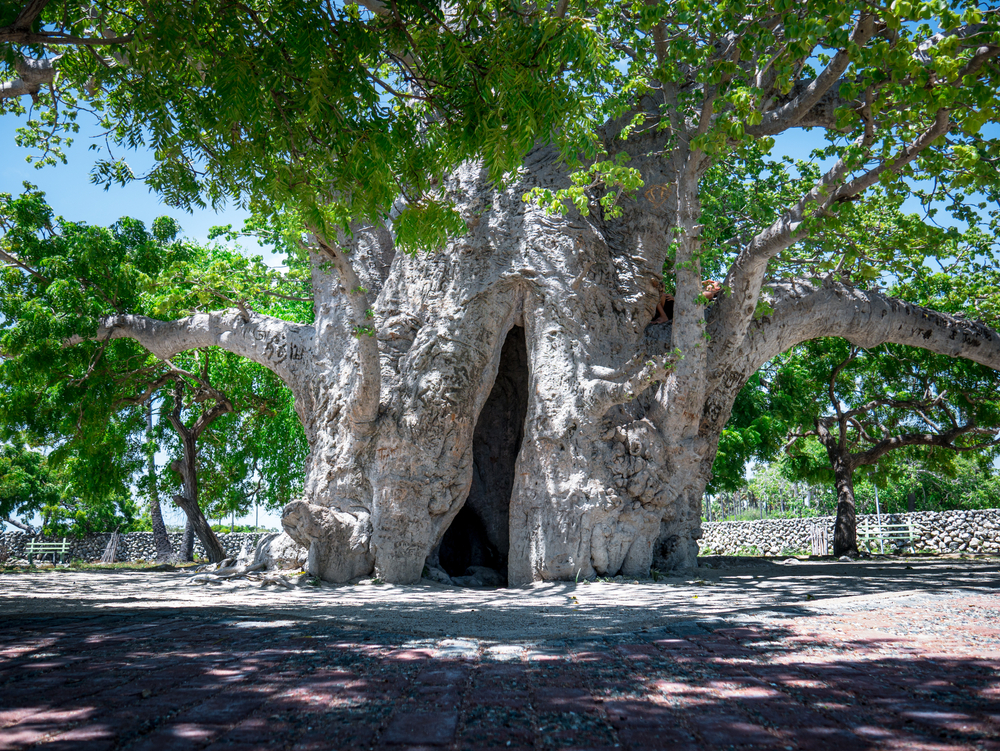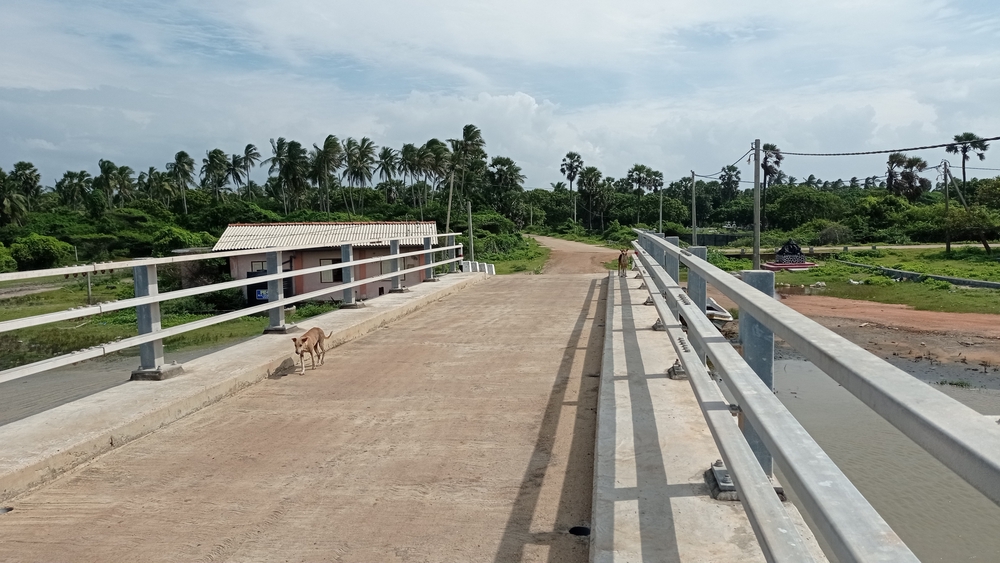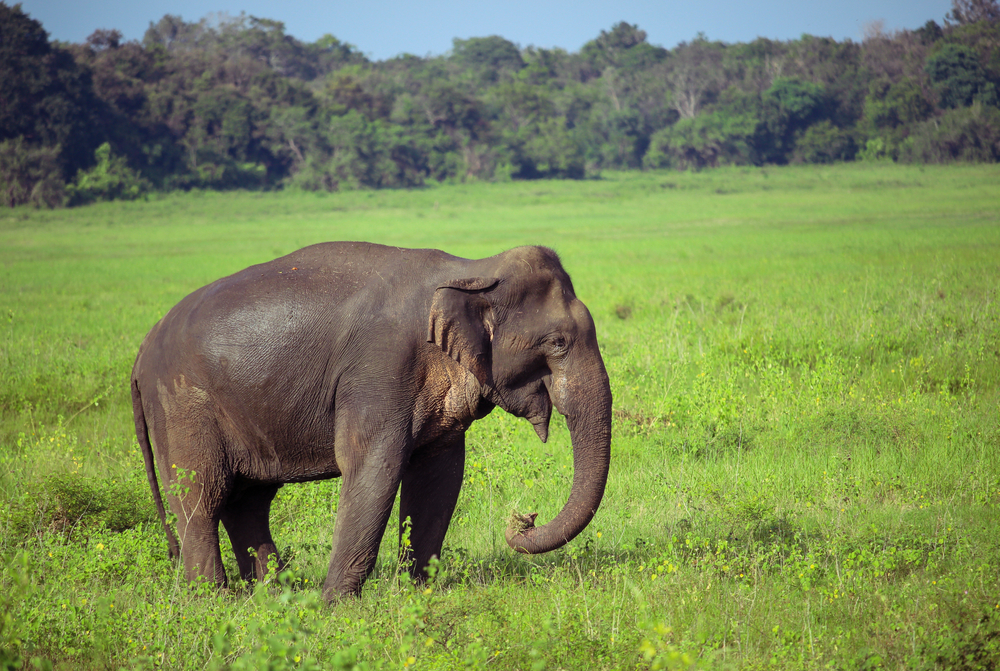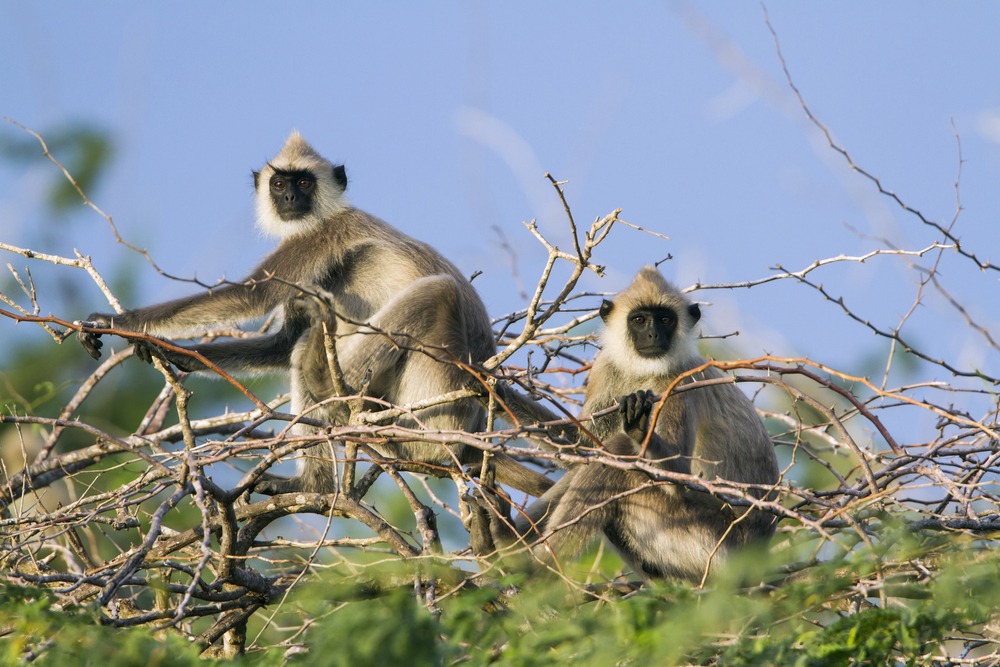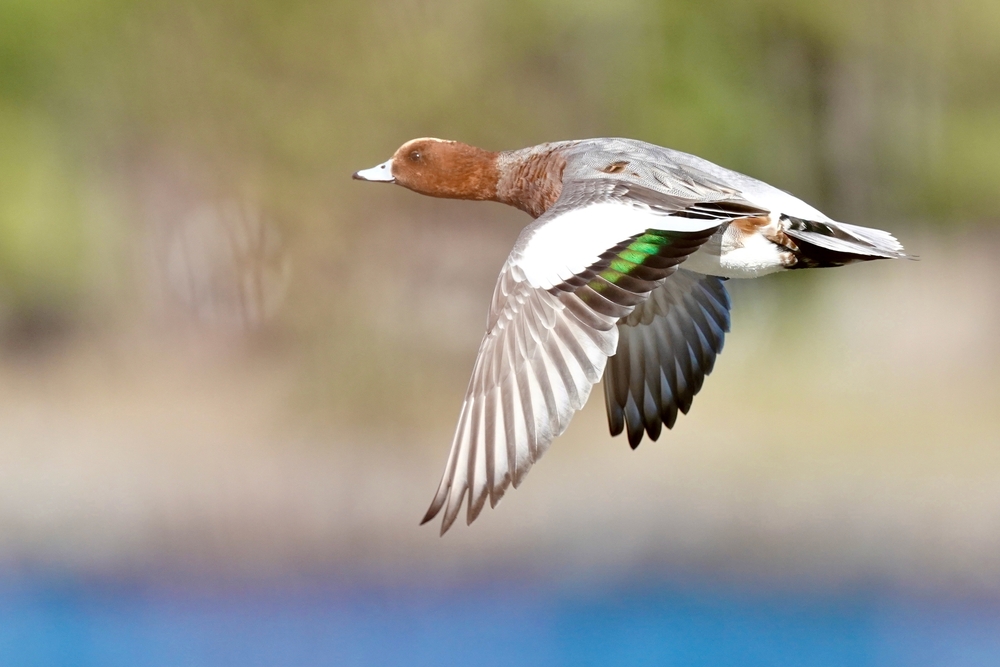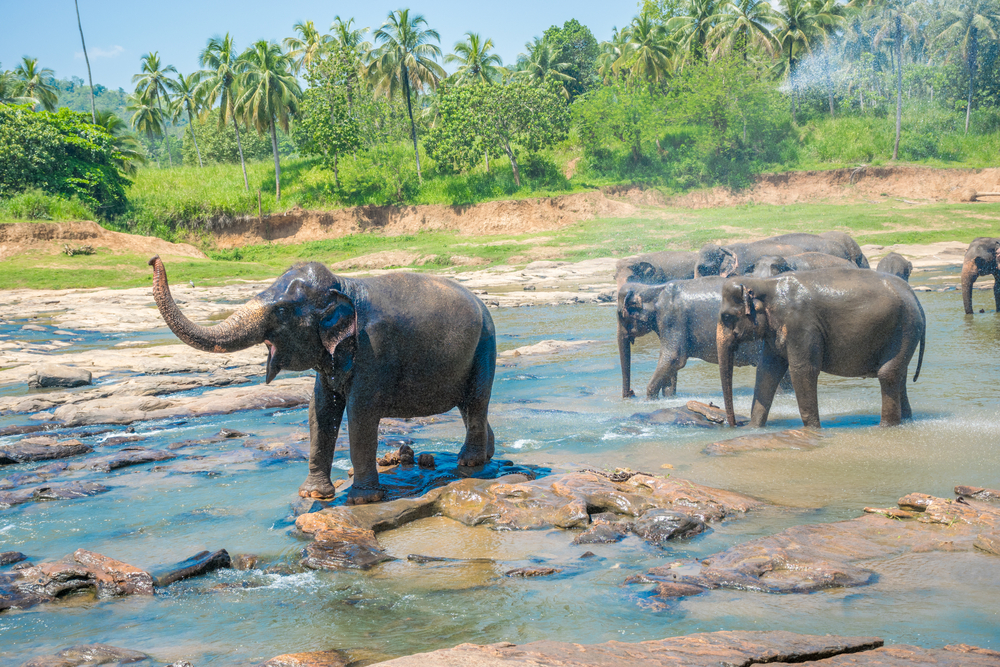Delft Overview
Delft National Park, located on Delft Island (also known as Neduntheevu) in northern Sri Lanka, is a captivating and unique protected area offering a blend of natural beauty, historical significance, and cultural charm. Covering approximately 18 square miles (47 square kilometers), this park is situated within the Jaffna District of the Northern Province. Delft Island itself is one of the northernmost parts of Sri Lanka and can be reached by ferry from the mainland, making it a secluded and enchanting destination.
The terrain of Delft National Park is defined by its dry, arid landscapes, fringed by turquoise waters of the Indian Ocean. The island’s limestone base gives rise to a fascinating coral-based ecosystem, while the surrounding grasslands, scrub forests, and small pockets of wetlands provide diverse habitats for a variety of flora and fauna. The flat topography is dotted with palmyra palms and unique vegetation adapted to the dry conditions. The coastline features pristine beaches, rock formations, and tidal pools, which are as captivating as the inland scenery.
Delft National Park is a haven for wildlife, particularly for its free-roaming feral ponies, a highlight of the island. These ponies, believed to have been introduced during the Portuguese or Dutch colonial periods, have thrived in this environment and are an iconic feature of the park. The island also supports a variety of other mammals, such as mongoose and wild hare, while its avian life is a major draw for birdwatchers. Species like flamingos, pelicans, herons, and a variety of migratory birds can be spotted in and around the park, especially near the wetlands and lagoons. The surrounding waters also teem with marine life, including occasional sightings of sea turtles and dolphins.
The park’s most popular features include the feral pony herds, ancient coral walls, and the famed Baobab tree, believed to be over a thousand years old and introduced by Arab traders. Visitors are also enchanted by the remnants of Dutch colonial history, such as the Delft Fort and other ruins scattered across the island. Exploring these landmarks provides a glimpse into the island’s layered past.
Visitors can experience Delft National Park in various ways. Jeep safaris and guided tours are popular for exploring the wildlife and landscapes, while cycling and walking tours offer a more immersive experience of the island’s natural beauty and cultural sites. The beaches and shallow waters invite activities like snorkeling, offering a chance to explore the marine ecosystem.
Conservation challenges for Delft National Park stem from its isolation and the arid environment, which make resource management difficult. However, ongoing efforts by Sri Lankan authorities and conservation groups have focused on protecting the unique biodiversity, particularly the ponies and bird species. Initiatives to involve the local community in conservation and sustainable tourism have seen some success, ensuring that both the ecological and cultural heritage of the park are preserved for future generations.








































































